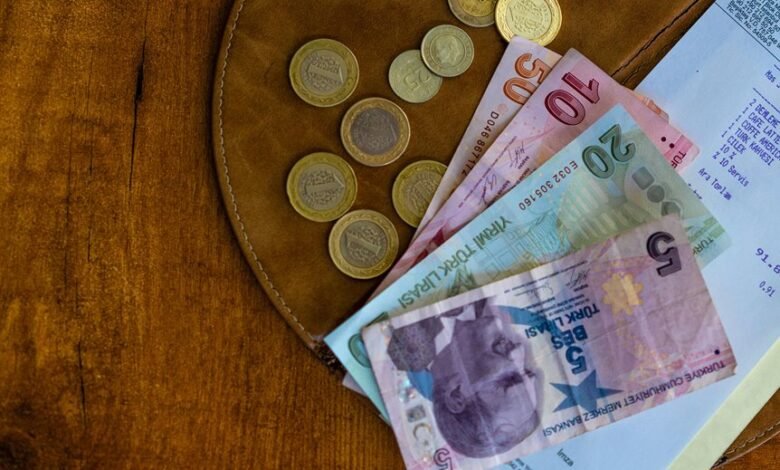Daily Allowances and Travel Expenses: What’S the Difference?

Daily allowances and travel expenses represent two distinct approaches to managing costs incurred during business travel. Daily allowances provide a fixed sum for meals and incidentals, offering flexibility without the need for detailed receipts. Conversely, travel expenses require comprehensive documentation for reimbursement, emphasizing accountability. Understanding these differences is essential for employees and employers alike, as it influences budgeting and compliance. However, the implications of these distinctions extend beyond mere definitions.
Understanding Daily Allowances (Per Diem)
Understanding daily allowances, commonly referred to as per diem, is essential for both employers and employees navigating travel-related expenses.
Daily allowance regulations dictate the permissible amounts for various locations, while per diem calculations ensure appropriate compensation for meals and incidentals.
Overview of Travel Expenses
Travel expenses encompass a range of costs incurred by employees while conducting business away from their usual work location.
These expenses typically include transportation, lodging, and meals. Effective expense tracking is essential for accurate travel reimbursement.
Companies must establish clear policies to ensure employees understand what qualifies as reimbursable, thus promoting transparency and efficiency in managing travel-related financial matters.
Key Differences Between Daily Allowances and Travel Expenses
While both daily allowances and travel expenses serve to reimburse employees for costs incurred during business travel, they differ significantly in structure and purpose.
Daily allowances provide a predetermined sum to cover meals and incidental expenses, promoting flexibility.
In contrast, travel reimbursements require itemized receipts and documentation, ensuring accountability for specific expenditures.
Understanding these distinctions aids in effective financial planning and compliance.
Tips for Managing Your Travel Budget
How can one effectively manage a travel budget to ensure both cost efficiency and comfort?
Effective budget planning begins with setting a clear financial limit. Utilizing expense tracking tools helps monitor expenditures in real-time, allowing for adjustments as needed.
Prioritizing essential expenses while seeking cost-effective alternatives enhances the travel experience, providing a balance between financial prudence and the freedom to explore new destinations.
Conclusion
In the realm of business travel, daily allowances and travel expenses serve distinct purposes, akin to two sides of the same coin. While daily allowances offer a graceful glide through the complexities of meal and incidental costs, travel expenses anchor accountability through meticulous documentation. Understanding these nuances empowers employees to navigate their financial landscapes with finesse, ensuring both flexibility and compliance. Ultimately, a well-balanced approach to travel budgeting enhances the journey, allowing professionals to focus on their objectives rather than financial burdens.




